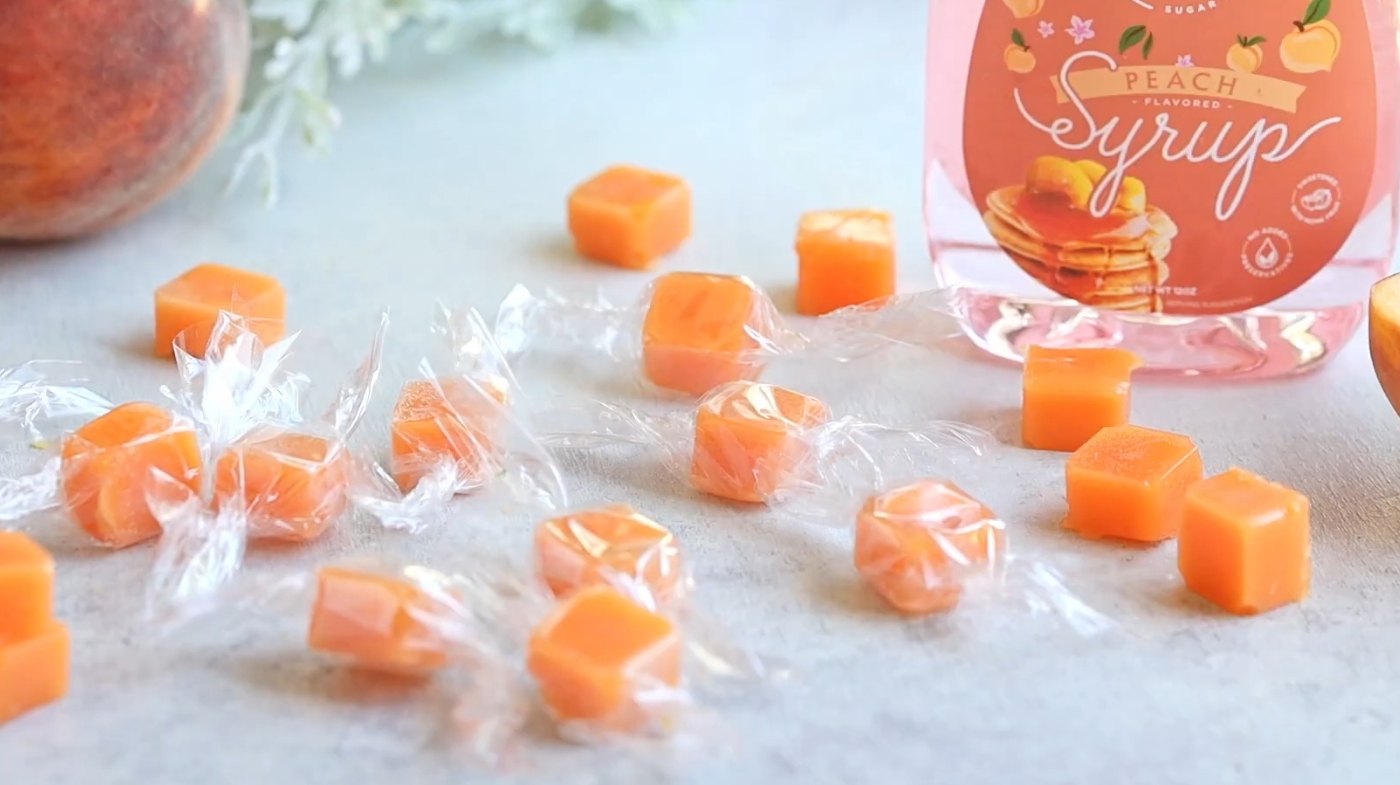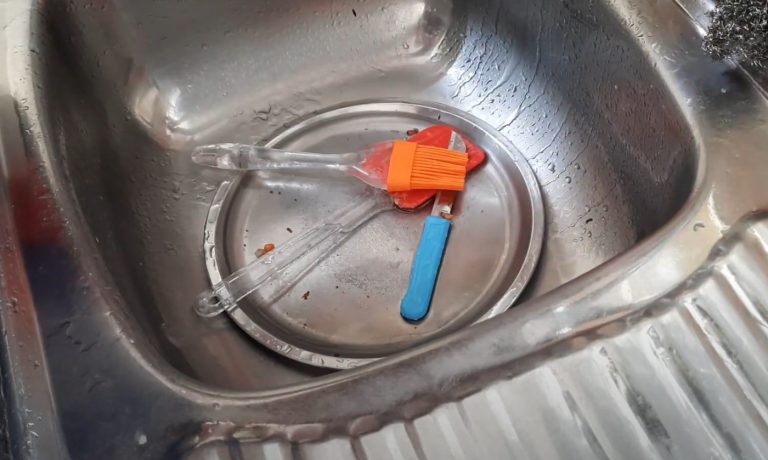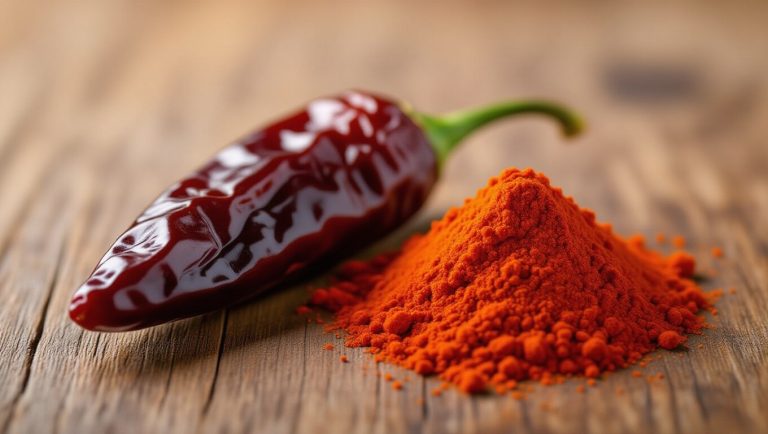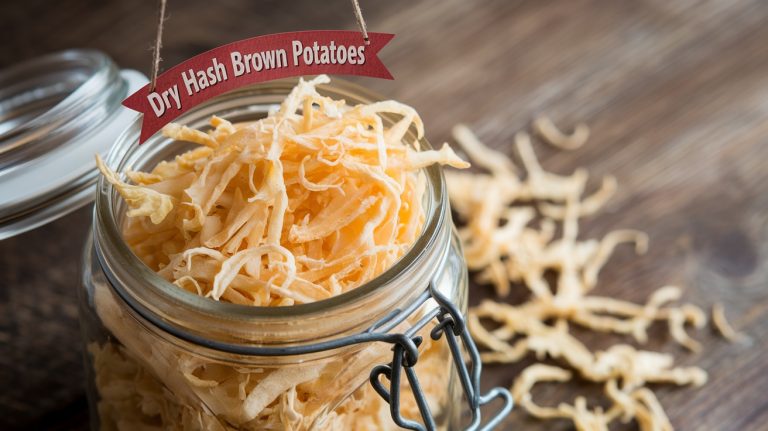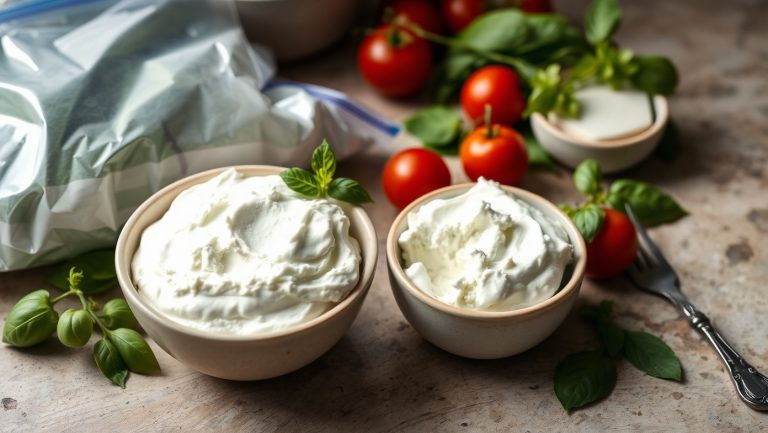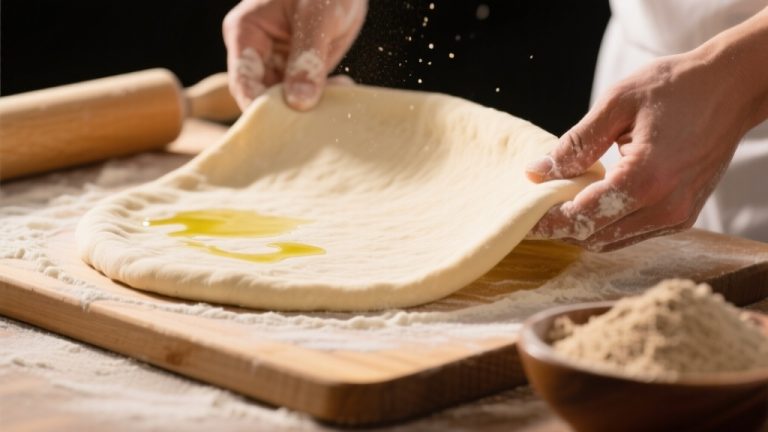How to Make Sugar Free Hard Candy? Easy Step-by-Step Tips
To make sugar-free hard candy, start by dissolving sugar substitutes such as isomalt and erythritol in water. Heat the mixture in a heavy-bottomed pot to the hard crack stage (around 300°F/149°C), stirring constantly to prevent crystallization.
Use a candy thermometer for accuracy and pour the syrup into lightly oiled molds once the moisture content falls below 2%. Adding concentrated flavor oils enhances taste without excess moisture.
Keep control over temperature and ingredients for a smooth, glossy finish. You can explore more on optimizing texture and flavor next.
Key Takeaways
- Use isomalt and sugar alcohols like maltitol or erythritol as primary sweeteners for sugar-free hard candy.
- Dissolve sweeteners in water, heat to the hard crack stage (around 149°C/300°F), stirring constantly.
- Add glycerin and gum arabic to prevent crystallization and improve texture stability.
- Pour hot syrup into lightly oiled molds and cool completely before demolding to ensure hardness.
- Incorporate concentrated flavor oils sparingly and balance with citric acid for enhanced taste without adding moisture.
Essential Ingredients for Sugar-Free Hard Candy
Creating sugar-free hard candy starts with selecting the right essential ingredients that replicate the texture, sweetness, and flavor of traditional candy without using sugar.
Use isomalt as the primary hard candy base to provide structure and sweetness. Incorporate sugar alcohols like maltitol for natural sweetness, sorbitol for moisture retention when combined with gum arabic, and erythritol or xylitol for low-calorie sweetness with minimal glycemic impact.
Maltitol is particularly favored because it offers a naturally sweet taste without added sugar, making it ideal for sugar-free candies.
Isomalt forms the candy base, with maltitol, sorbitol, erythritol, and xylitol enhancing sweetness and texture.
Add gum arabic to stabilize the mixture and prevent crystallization, while dextrin enhances texture and fiber content. Include citric acid to balance sweetness and preserve flavor.
For flavoring, choose natural or artificial fruit oils, extracts, or juices, and optionally cocoa powder for chocolate variants.
Use butter, cream, soy lecithin, salt, and non-nutritive sweeteners like Acesulfame K to fine-tune texture, richness, and flavor complexity.
Equipment Needed for Candy Making
Before you begin making sugar-free hard candy, gather the essential equipment that guarantees accuracy and safety throughout the process.
Start with a heavy-bottomed pot to guarantee even heating and prevent burning. Use a candy thermometer or a scientific long-stem digital thermometer to monitor precise temperatures during syrup preparation. A kitchen scale is vital for accurate ingredient measurements.
For mixing, rely on wooden spoons, silicone spatulas, or planetary mixers to combine ingredients uniformly. Employ chocolate or candy molds and a marble pastry board for shaping and cooling your candies. Using candy molds in various shapes and sizes allows for creative designs and professional-looking results.
Additional tools like pastry brushes, dipping tool sets, and pop sticks assist in coating and shaping. Don’t forget packaging essentials such as candy bags and twist ties.
Finally, wear an apron and keep a bench scraper handy for maintaining a clean workspace.
Step-by-Step Process to Create Sugar-Free Hard Candy
With your equipment ready, start by carefully selecting the sweeteners and liquids for your sugar-free hard candy. Combine maltitol or isomalt with xylitol or erythritol in measured water, stirring continuously until fully dissolved.
Heat the mixture at medium temperature until clear, adding glycerin or liquid glucose to prevent crystallization. Gradually raise the temperature to around 230°C (446°F) to reach the hard crack stage, stirring constantly to avoid scorching.
Once target temperature and moisture below 2% are accomplished, remove from heat. Add flavor extracts and coloring, then pour into molds. Allow the candy to cool and harden at room temperature before demolding and storing airtight.
| Step | Key Action |
|---|---|
| Sweetener Mix | Dissolve sweeteners in water |
| Heating | Heat until clear, add glycerin |
| Temperature Control | Reach 230°C, stir continuously |
| Moisture Reduction | Guarantee <2% moisture |
| Setting | Pour, cool, and demold |
Tips for Enhancing Flavor and Texture
Although selecting the right sweeteners is essential, you’ll also need to optimize flavor and texture by carefully balancing ingredients.
Use concentrated flavor oils sparingly to guarantee intense, stable taste without adding excess moisture, which can compromise shelf life and texture. Pair sour additives with fruity profiles to enhance complexity.
For texture, cook your mixture to the hard crack stage (300°F/149°C) to achieve a stable, glassy candy. Control moisture meticulously; excess water leads to stickiness and crystallization issues. The use of natural sweeteners like stevia and erythritol can help maintain a cleaner taste and lower glycemic impact.
Lightly oil molds and equipment to prevent sticking and guarantee smooth surfaces. Use sugar-free hard candy mixes for consistency, and test small batches to fine-tune flavor ratios and infusion levels. Store finished candies airtight at room temperature to preserve crunch and prevent humidity damage.
Benefits and Common Challenges of Sugar-Free Hard Candy
Balancing flavor and texture sets the stage for understanding sugar-free hard candy’s broader impact. When you choose sugar-free options, you benefit from reduced tooth decay risk and improved oral health due to sweeteners like xylitol.
These candies typically use artificial sweeteners or sugar substitutes such as saccharin and sucralose instead of real sugar, contributing to their sugar-free status.
Additionally, these candies stabilize blood glucose, making them suitable for diabetics and those managing insulin response. They also support weight management by lowering calorie intake without sacrificing sweetness.
However, challenges exist:
- Digestive upset may occur from sugar alcohols if consumed excessively.
- Flavor profiles often differ, sometimes resulting in an aftertaste.
- Individual tolerance to sweeteners varies considerably.
- Moderation is essential to avoid gastrointestinal discomfort.
Frequently Asked Questions
How Long Does Sugar-Free Hard Candy Typically Last Before Expiring?
Sugar-free hard candy typically lasts 6 to 12 months if stored properly. You should keep it in a cool, dry place, away from direct sunlight and moisture. Using airtight or sealed packaging will help maintain freshness longer.
Watch for signs of spoilage like discoloration, unusual odors, or a sticky texture. Homemade versions can last even longer if stored correctly, but always check expiration dates on store-bought candies to guarantee quality and safety.
Can Sugar-Free Hard Candy Be Safely Given to Pets?
You shouldn’t give sugar-free hard candy to pets because many contain sugar alcohols like xylitol, which is highly toxic to dogs and can cause severe hypoglycemia or liver failure.
Sorbitol and isomalt may cause gastrointestinal upset. Even erythritol, though safer, isn’t recommended in large amounts.
Instead, stick to pet-safe treats and always consult your veterinarian before introducing new foods. Keep all candies out of your pet’s reach to avoid accidental ingestion.
What Are the Best Storage Conditions to Prevent Candy From Sticking?
Imagine your candies as delicate dancers needing space to avoid a sticky embrace. To prevent them from sticking, store your candies in airtight glass jars or sealed bags, keeping moisture at bay like a protective shield.
Maintain a cool, dry environment between 65-75°F, and add silica gel packets to absorb any lurking humidity. Keep different candy types separated to preserve texture and flavor, ensuring each dancer moves freely without clinging to another.
Are There Any Health Risks Associated With Consuming Sugar Alcohols?
Yes, you should be cautious when consuming sugar alcohols. While they offer fewer calories and lower glycemic impact, excessive intake can cause bloating, diarrhea, and abdominal pain due to incomplete digestion.
Consuming more than 10-15 grams daily may increase cardiovascular risks, especially with erythritol. To minimize health risks, monitor your intake, stay within recommended limits, and consult a healthcare professional if you have underlying health conditions.
How Do You Adjust Recipes for Altitude or Humidity Changes?
You need to lower cooking temperatures by about 2°F per 1,000 feet of elevation to compensate for reduced boiling points at high altitudes. Use a reliable thermometer to guarantee accuracy.
For humidity, control moisture by storing candies airtight and adjusting corn syrup levels to prevent stickiness or hardness. Maintaining consistent room conditions helps stabilize texture.
These adjustments guarantee proper sugar concentration and desired candy texture despite environmental changes.
Sweet Success Awaits: Your Sugar-Free Candy Journey Begins
Now that you’ve mastered the essentials of crafting sugar-free hard candy, you’re ready to create treats as timeless as a classic fairytale—without the sugar crash villain. By following precise steps and using the right tools, you can enjoy flavorful, guilt-free candy that rivals traditional sweets.
Keep experimenting with flavors and textures, and you’ll turn your kitchen into a candy workshop worthy of any confectionery legend. Your sugar-free journey starts here—sweet success awaits.

